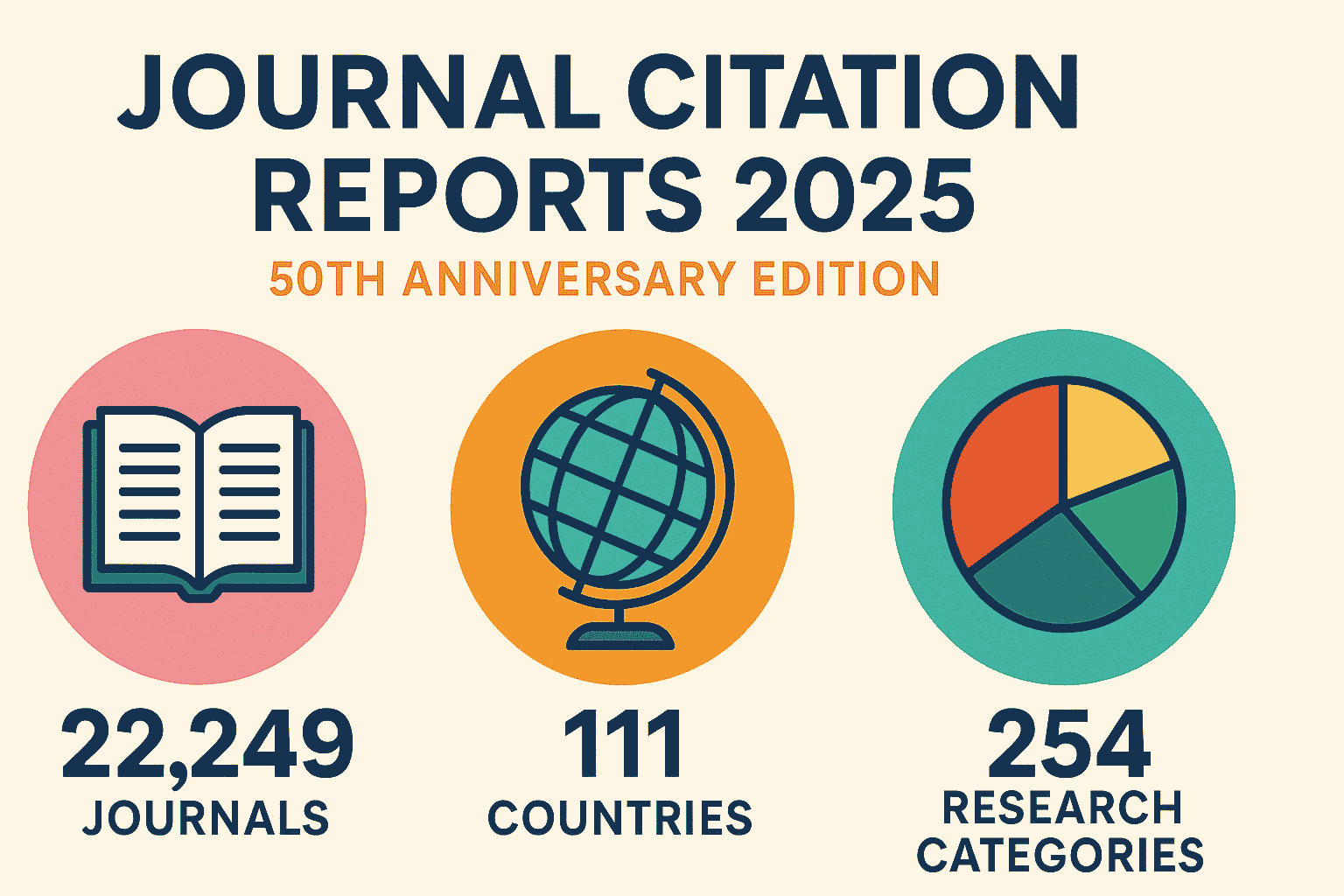IL-33 Increases the Magnitude of the Tissue-Resident Memory T Cell Response in Intestinal Tissues during Local Infection
IL-33 plays an important role in the early programming of CD8 T cells; however, its contribution to the differentiation of tissue-resident memory T cells in vivo remains poorly defined. After infection of mice with Yersinia pseudotuberculosis, IL-33 expression was increased in the intestinal tissue, and this coincided with the expression of ST2 on T cells infiltrating the intestinal epithelium and lamina propria. Blocking IL-33 signaling after T cell infiltration of the intestinal tissue did not significantly impact the number or phenotype of tissue-resident memory T cells generated. However, overexpression of ST2 on T cells was able to increase expression of TCF1 and T cell number in the intestine compared with the lymphoid organs during infection. We also observed that enhanced accumulation and maintenance of ST2-overexpressing cells in the intestine postinfection were resolved. This points to a role for IL-33 in increasing the number of T cells that commit to intestinal tissue residency in vivo.
Summary
IL-33, a signaling molecule, is known to influence early CD8 T cell programming. This study investigated its role in the formation of tissue-resident memory T cells (Trms) in the gut following Yersinia infection in mice. While blocking IL-33 after T cell infiltration had minimal impact on Trms number or phenotype, overexpression of the IL-33 receptor (ST2) on T cells increased TCF1 expression and intestinal T cell numbers compared to lymphoid organs during infection. However, the enhanced accumulation of ST2-overexpressing cells in the intestine post-infection was resolved. These findings suggest that IL-33 promotes the commitment of T cells to intestinal tissue residency in vivo, influencing their localization during infection.
Read more…
This post is part of “Science/Immunology News”, Follow for more…!!!







